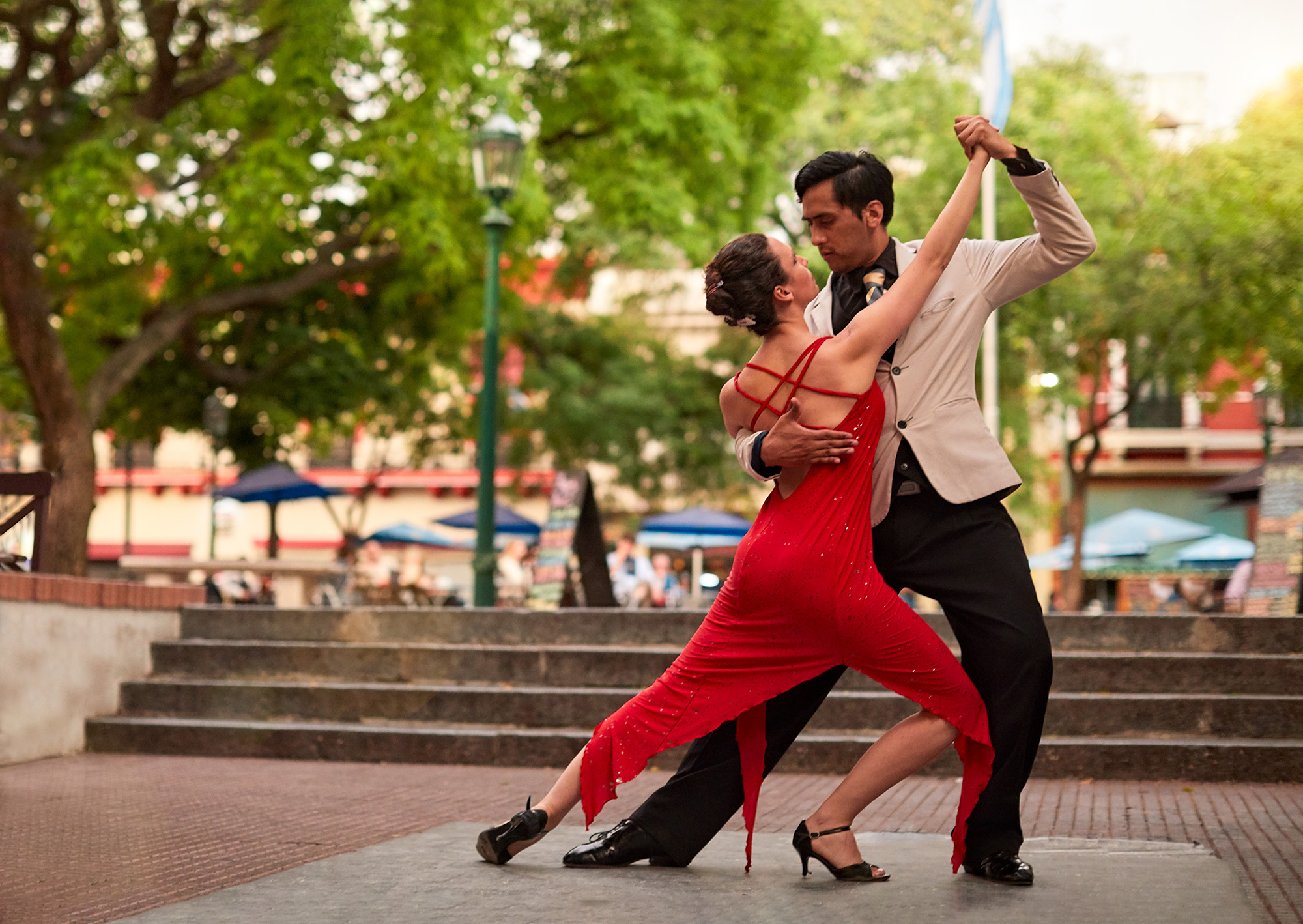Dance Fridays Things To Know Before You Buy
The 2-Minute Rule for Dance Fridays
Table of ContentsExcitement About Dance FridaysThe Facts About Dance Fridays Revealed5 Easy Facts About Dance Fridays ExplainedDance Fridays for DummiesThe Basic Principles Of Dance Fridays Some Ideas on Dance Fridays You Need To KnowOur Dance Fridays Statements
The significant difference that differentiates the Miami-style from various other North American styles is the "Atras" or "Diagonal", back breaking actions carried out in reverse diagonally as opposed to moving forwards and backwards as seen in the New York style. Professional dancers do not change their body weight considerably as seen in various other designs. Instead, dancers keep their top body still, positioned and relaxed, concentrating on foot motion.A major difference between Cali Style and Miami-style is the last is exclusively danced on the downbeat (On1) and has elements of shines and show-style included to it, complying with arsenals of North American designs. Miami-style has several adherents, particularly Cuban-Americans and other Latinos based in South Florida.
Most of the moves involve rapidly swapping partners. "Rueda de Cuba" is original kind of Rueda, originating from Cuba. It is not as formal as Rueda de Miami and is composed of concerning 30 telephone calls. [] It was ordered in the 1970s. [] "Rueda de Miami" come from the 1980s from Miami, is an official style with numerous guidelines based on a mix, and is a hybridization of Rueda de Cuba & North American dancing designs, with some routines reflecting American society (e.
10 Easy Facts About Dance Fridays Described
Coca-Cola, Dedo, Adios) which is not discovered in the traditional Cuban-style Rueda. Cali-Style Salsa, likewise referred to as Colombian Salsa and Salsa Calea, is based around the Colombian City of Cali. Cali is additionally called the "Capital de la Salsa" (Salsa's Funding); due to salsa songs being the primary genre in celebrations, nightclubs and events in the 21st century.

The Single Strategy To Use For Dance Fridays
They include various acrobats such as partnered turns to entertain with these jaw going down feats. Their footwork is complex and specific, assisting several Colombian Style professional dancers win significant globe championships. Cali hosts numerous yearly salsa events such as the World Salsa Cali Celebration and the Encuentro de Melomanos y Coleccionistas.
Researchers in the natural scientific researches examined the math of salsa dancing relocations. salsa dancing club san francisco. In the social scientific researches, researchers have researched salsa dancing to comprehend, for example exactly how the Latino identification is connected to salsa dancing. The research of salsa dancing has been studied as a metaphor to recognize emotional and cultural economies.
and, researchers have also utilized salsa dance to examine the ephemerality of social teams. Salsa songs the songs to which salsa is danced Mambo a dance style which greatly affected salsa dancing Palladium Ballroom a New York City place that helped popularize Latin music and dance during the 1940s and 1950s Rhumba a ballroom dancing that heavily affected salsa Globe Salsa Championships a checklist of international competitors for salsa dancing Cuban salsa a popular type of salsa dance from Cuba Boggs, Vernon (1992 ).
What Does Dance Fridays Mean?
ISBN0-313-28468-7. OCLC24908952. Hutchinson, Sydney (2004 ). " Mambo on 2: The birth of a brand-new kind of dance in New York City" (PDF). Centro Journal. 16: 108137. ISSN1538-6279. " What Is Salsa (Dance)?" (https://www.storeboard.com/dancefridays2). 2023-03-13. Recovered 2023-05-26. Young, Takeshi (26 June 2023). " Latin Dance". Salsa Vida. Retrieved 5 October 2023. " Developing salsa".
Retrieved 5 October 2023. " Background of Salsa Dance". Salsa Vida. 26 June 2023. Recovered 5 October 2023. Ludovic, Kiss Mihai (2015-10-01). " Salsa Origins and Growth". Sporting activity i Societate. 15 (Unique): 120129. ISSN 1582-2168. Djebbari, Elina (2020-01-02). " Dancing salsa in Benin: Attaching the Creole Atlantic". Atlantic Studies. 17 (1 ): 110134. doi:10.

The Greatest Guide To Dance Fridays
" Many Popular Kind Of Salsa Dance - The Modern Dancer". 2020-04-15. Fetched 2022-09-27. " Salsa or Bachata, Which is Easier to Find out?". Movers and Shakers Salsa & Bachata Dance Academy. Recovered November 9, 2023. Mc, Mains, Juliet (2015 ). Spinning Mambo Into Salsa. Oxford College Press. ISBN 9780199324644. Amanda Rosa. " Long time dance instructor talks salsa, both 'Cuban design' and 'Miami design'".
The city of music memory: salsa, document grooves, and prominent culture in Cali, Colombia. Salsa Vida SF. The Journal of Popular Society.
What Does Dance Fridays Do?

54 (5 ): 9991024. doi:10 - salsa dancing club san francisco. 1108/EJM -08 -2018 -0565. ISSN0309-0566. S2CID216399732.
Something went wrong. Wait a moment and try once again Try once again.
Not known Incorrect Statements About Dance Fridays
We're discussing the dancing, not the delicious South American click here to find out more spice. The beginnings of the word "Salsa" as the name of a dance has actually provided dispute for decades. One of the most preferred (and potentially accepted) concept is that Cuban and Puerto Rican musicians in New York created the phrase in New york city in the 1970's, to explain the spicy combination of songs they were developing out of the rhythms and themes of Cuban son montuno, guaracha, chachacha, mambo and bolero.